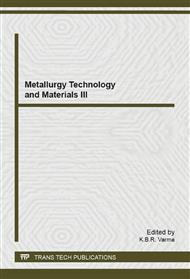p.235
p.240
p.244
p.250
p.254
p.259
p.263
p.267
p.274
A New Vehicle Suspension Semi-Active Control Method for Enhancing Ride Properties
Abstract:
In this paper, a new control theory will be proposed for the purpose of enhancing vehicle ride performance. In the first step, a quarter car model with two DOF will be analyzed after which the classical semi-active control idea and a new control method will be built. Then a new hybrid control model based on body acceleration and classical one will be provided, after which the advantage of this controller will be studied. All the models that proposed will be accomplished through matlab/simulink. The outcome parameters of two types, namely, the body acceleration and the suspension deflection will be compared in frequency domain among three conditions which can be described as passive, classical semi-active control and hybrid control respectively. Then random excitation will be given as the road input to get power spectral density curves for further compare. Though the curves we can easily come into a conclusion that vehicle suspensions armed with this new controller will show the best ride properties which hold practical values.
Info:
Periodical:
Pages:
259-262
Citation:
Online since:
June 2014
Authors:
Keywords:
Price:
Сopyright:
© 2014 Trans Tech Publications Ltd. All Rights Reserved
Share:
Citation:


